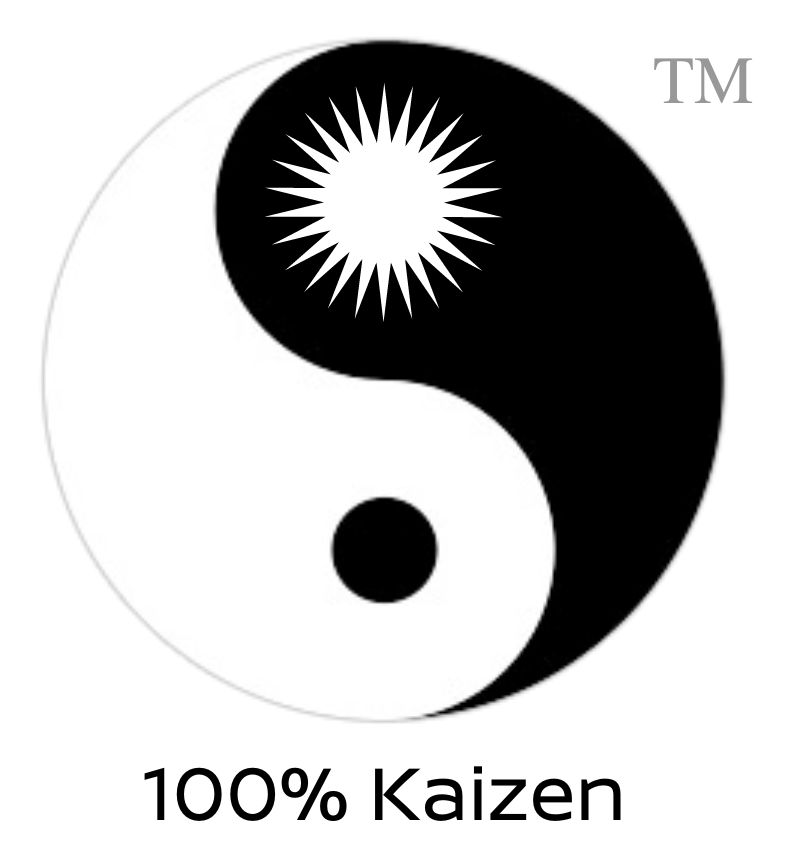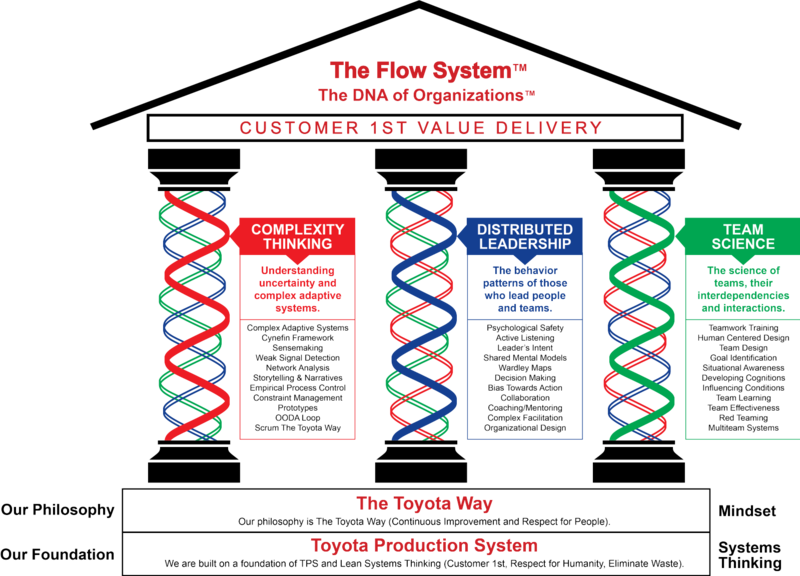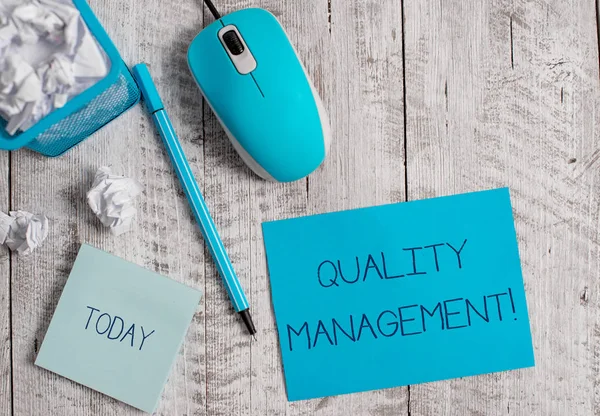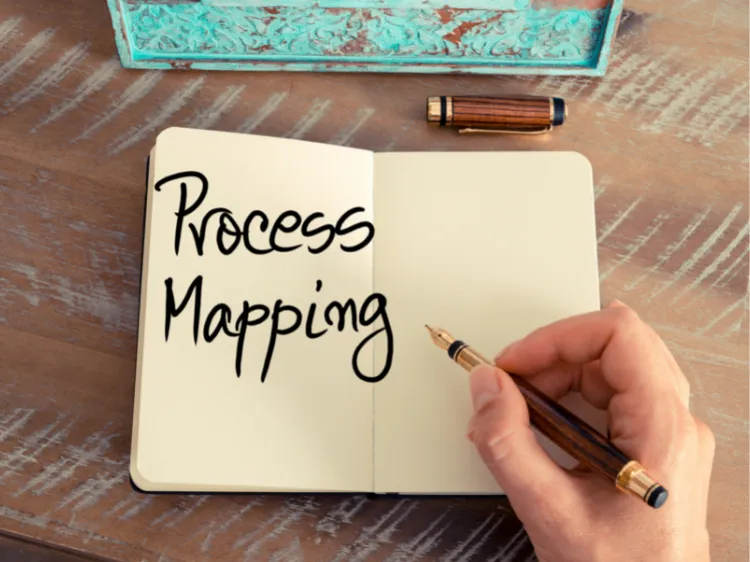Kaizen SERVQUAL TQM
In business, quality is essential to success. customer satisfaction is the key to maintaining and improving the quality of your products or services.
Kaizen is a Japanese word meaning “improvement” or “change for the better.” It is a business philosophy that focused on continuous improvement of process, products, services, and staff.
SERVQUAL is a model for measuring quality in service industries. It is based on the premise that quality is a multi-dimensional concept made up of tangibles, reliability, responsiveness, assurance, and empathy.
TQM (Total Quality Management) is a business philosophy that focuses on continuous improvement of process, products, services, and staff. It emphasizes teamwork, customer satisfaction, and continual improvement.
Using Kaizen and SERVQUAL to improve quality in businesses can help to ensure customers are satisfied with your products or services. By continuously improving processes, products, services, and staff, businesses can maintain a high level of quality that customers expect.
Introduction to Kaizen
Most people have heard of the Japanese word “kaizen” but don’t really know what it means. Kaizen is a Japanese business philosophy of continuous improvement. Kaizen means “change for the better” or “improvement”. It can be applied to any aspect of life, but it is most commonly used in business.
The philosophy of kaizen is based on the following ideas:
1. There is always room for improvement
2. Every process can be improved
3. Everyone in the organization is responsible for improvement
4. Improvements are made one step at a time
5. Kaizen is a never-ending process
The goal of kaizen is to eliminate waste and increase efficiency. It is based on the idea that small, incremental changes can lead to big results.
Kaizen is often used in conjunction with the lean manufacturing philosophy. Lean manufacturing is a system that is designed to eliminate waste and increase efficiency. The two philosophies are similar in that they both focus on eliminating waste and increasing efficiency.
The kaizen philosophy can be applied to any process in any organization. It is a flexible approach that can be customized to fit the needs of any business.
There are many benefits to implementing kaizen in your organization. Some of the benefits include:
1. Increased efficiency
2. Reduced costs
3. Increased quality
4. Increased morale
5. Improved communication
Kaizen is a simple but powerful philosophy that can have a big impact on your organization. If you are looking for ways to improve your business, consider implementing kaizen.
Introduction to SERVQUAL
The principles of quality management are always evolving. In the early days, quality management was about ensuring products were made to a high standard and met customer expectations. Today, quality management is about much more than that. It’s about creating a culture of continuous improvement and ensuring that every aspect of an organization is focused on providing the best possible experience for customers.
One of the most important tools in quality management is SERVQUAL. SERVQUAL is a framework for measuring and improving service quality. It was developed in the 1980s by Zeithaml, Parasuraman, and Berry, and has been used by organizations all over the world to improve service quality.
SERVQUAL consists of five dimensions of service quality:
1. tangibles
2. reliability
3. responsiveness
4. assurance
5. empathy
Each dimension is made up of a number of statements that describe what customers should expect from a service provider. For example, under the dimension of tangibles, one statement might be “The physical facilities are clean and well-maintained.”
To use SERVQUAL, organizations first need to survey their customers to get their views on service quality. They can then compare these results to their own performance and identify areas where they need to improve. SERVQUAL can also be used to measure the impact of changes that have been made to improve service quality.
Kaizen Servqual is always looking for ways to improve service quality. We use SERVQUAL to survey our customers and identify areas where we can make improvements. We then work hard to make those improvements and make sure our customers are always getting the best possible experience.

Benefits of Kaizen and SERVQUAL
The benefits of Kaizen and SERVQUAL are numerous and well documented. By improving quality and continuously delivering value to customers, SERVQUAL can increase customer satisfaction and loyalty, reduce costs, and improve organizational efficiency and effectiveness.
Kaizen, on the other hand, is a Japanese management philosophy that advocates for continuous improvement in all aspects of an organization. The goal of Kaizen is to eliminate waste and optimize efficiency so that businesses can better serve their customers.
Both Kaizen and SERVQUAL are important tools for any organization that is looking to improve its quality and performance. Implementing Kaizen can help organizations to identify and eliminate waste, while SERVQUAL can help organizations to understand and deliver value to customers.
When used together, Kaizen and SERVQUAL can provide a powerful framework for quality improvement and customer satisfaction.

Steps for Implementing Kaizen
There are many benefits to implementing Kaizen in the workplace. Not only does it improve efficiency and quality, but it also builds teamwork and a sense of pride in the work being done. Here are a few steps to take when implementing Kaizen in your workplace:
1. Define the problem or opportunity. What are you trying to improve? Why is this important?
2. Gather data. This could include things like time studies, process mapping, or customer surveys.
3. Analyze the data to identify root causes of problems or areas of opportunity.
4. Develop potential solutions. Work with employees to come up with creative ideas to improve the process.
5. Select the best solution and implement it. Make sure to document the changes and track results.
6. Standardize the new process. Once the new process is in place, it’s important to communicate it to all employees and make sure it’s being followed.
7. Continuously monitor and improve. Even after you’ve implemented Kaizen, there’s always room for improvement. Encourage employees to suggest new ideas and make changes as needed.
By following these steps, you can start reaping the many benefits of Kaizen in your workplace.
Steps for Implementing SERVQUAL
Kaizen Servqual is a popular quality improvement methodology used in many industries today. The SERVQUAL model is a framework for assessing and improving service quality. It can be used in a wide variety of service industries, including healthcare, banking, retail, and more.
There are five steps involved in implementing SERVQUAL:
1. Define the service quality dimensions.
2. Develop service quality benchmarks.
3. Collect customer feedback.
4. Analyze the data and identify gaps.
5. Implement improvements.
Let’s take a closer look at each of these steps:
1. Define the service quality dimensions.
The first step is to define the dimensions of service quality. This will vary depending on the industry and type of service being offered. Some common dimensions of service quality include:
– Timeliness
– Accuracy
– Courtesy
– Ease of use
– Appearance
2. Develop service quality benchmarks.
Once the dimensions of service quality have been identified, benchmarks need to be developed. This will involve setting targets for each dimension of service quality. These targets should be realistic and achievable.
3. Collect customer feedback.
The next step is to collect customer feedback. This can be done through surveys, focus groups, or other research methods. It’s important to collect feedback from a representative sample of customers.
4. Analyze the data and identify gaps.
Once the customer feedback has been collected, it needs to be analyzed. This will help to identify any gaps in service quality.
5. Implement improvements.
The final step is to implement improvements. This will involve making changes to the way the service is delivered, based on the findings of the customer feedback. The goal is to close any gaps in service quality and improve the overall level of service.
Analyzing Results
Kaizen Servqual is a Japanese quality management system that can be used to improve results. It is based on the philosophy of continuous improvement, which means that small improvements are made on a regular basis. This can be done through various means, such as problem solving, data analysis, and process improvement.
One of the key aspects of Kaizen Servqual is data analysis. This allows organizations to identify areas where improvements can be made. Data analysis can be used to track progress, identify issues, and determine where changes need to be made.
Organizations can use various methods to analyze data. One popular method is Pareto analysis, which can be used to identify the most important areas to focus on. Another method is cause and effect analysis, which can be used to identify the root cause of problems.
Once the data has been analyzed, it is important to take action. This may involve implementing changes to processes or training employees on new procedures. It is also important to track the results of the changes to ensure that they are having the desired effect.
Kaizen Servqual can be a powerful tool for improving results. By using data analysis to identify areas for improvement and taking action to implement changes, organizations can see significant improvements over time.
Best Practices for Kaizen and SERVQUAL
Kaizen and SERVQUAL are two important tools that can be used to improve quality and customer satisfaction. Here are some best practices for using these two tools:
1. Use Kaizen to identify areas of improvement. The Kaizen philosophy is all about continuous improvement. This means that you should always be looking for ways to improve your processes and procedures. Use Kaizen to identify areas where you can make changes that will have a positive impact on quality and customer satisfaction.
2. Use SERVQUAL to measure customer satisfaction. SERVQUAL is a tool that can be used to measure customer satisfaction. It is important to track customer satisfaction levels so that you can identify areas where improvements need to be made. Use SERVQUAL to track customer satisfaction levels and make changes accordingly.
3. Make sure to involve employees in Kaizen and SERVQUAL. Both of these tools will be more effective if employees are involved in the process. Employees should be involved in setting improvement goals and measuring customer satisfaction.
4. Communicate your Kaizen and SERVQUAL efforts to everyone in the organization. It is important to make sure that everyone in the organization is aware of your quality improvement efforts. Communicate your goals and progress to employees, customers, and other stakeholders.
Kaizen and SERVQUAL are two important tools that can be used to improve quality and customer satisfaction. By following these best practices, you can make sure that you are using these tools effectively.
Challenges of Kaizen and SERVQUAL
The Kaizen philosophy of continuous improvement originated in Japan and has been adopted by businesses around the world. The philosophy can be applied to any aspect of business, from manufacturing to customer service. While Kaizen has many benefits, there are also challenges that businesses need to be aware of.
One of the biggest challenges of Kaizen is that it requires a commitment from everyone in the organization, from the CEO to the frontline employees. Everyone needs to buy into the philosophy and be willing to make changes, however small. This can be a challenge, particularly in larger organizations.
Another challenge is that Kaizen can be time-consuming. Making even small changes can take time, and businesses need to be patient in order to see results.
Finally, Kaizen requires continuous effort. Once a business has implemented Kaizen, they need to maintain the momentum and keep making improvements. This can be challenging, especially when resources are limited.
Despite the challenges, Kaizen can be a very effective way for businesses to improve their operations and create a competitive advantage. By overcoming the challenges, businesses can reap the many benefits of Kaizen.
Overcoming Kaizen and SERVQUAL Challenges
The implementation of Kaizen and SERVQUAL can be challenging for any organization. Here are a few tips on overcoming some of the challenges that may be encountered:
1. Define what success looks like: One of the first steps in overcoming challenges is to define what success looks like for your organization. This will help to ensure that everyone is on the same page and working towards the same goal.
2. Train your employees: It is important to train your employees on Kaizen and SERVQUAL so that they are able to properly implement these concepts. This will help to ensure that everyone is on the same page and understands the importance of these quality improvement tools.
3. Communicate with your employees: Another important step in overcoming challenges is to communicate with your employees. This communication should include why Kaizen and SERVQUAL are being implemented, what the goals are, and how employees can help to achieve these goals.
4. Set realistic goals: One of the challenges that organizations face is setting unrealistic goals. When setting goals, it is important to be realistic and achievable. This will help to ensure that employees are motivated to achieve the goals and that they are actually attainable.
5. Implement a pilot program: Before fully implementing Kaizen and SERVQUAL, it may be helpful to pilot these programs in a small area. This will help to work out any kinks and ensure that the programs are ready for full implementation.
6. Be prepared to make changes: As with any quality improvement initiative, there will likely be setbacks and challenges along the way. It is important to be prepared to make changes as needed in order to overcome these challenges.
7. Evaluate and adjust as needed: After implementing Kaizen and SERVQUAL, it is important to take some time to evaluate the results. This evaluation should include looking at how the programs have impacted the organization as a whole as well as any areas that may need improvement. Based on the evaluation, adjustments can then be made to ensure that the programs are effective and meeting the needs of the organization.
Conclusion
Kaizen Servqual is a Japanese quality management philosophy that stresses continual improvement and customer satisfaction. The term “kaizen” means “change for the better” and “servqual” is an acronym for “service quality.” Kaizen Servqual is based on the principle that small, incremental improvements can lead to significant overall improvements in quality and customer satisfaction.
The Kaizen Servqual philosophy can be applied to any business or organization, but it is particularly well-suited to service-based businesses. This is because service quality is often difficult to measure, and customer satisfaction can be hard to maintain. By continually improving service quality and customer satisfaction, businesses can stay ahead of the competition and keep their customers coming back.
There are many different ways to implement Kaizen Servqual. One common approach is to establish a Kaizen team, which is responsible for identifying opportunities for improvement and implementing changes. Another approach is to encourage all employees to be “change agents” and look for ways to improve the business.
No matter what approach you take, the goal is the same: to continually improve service quality and customer satisfaction. By doing so, you’ll not only keep your customers happy, but you’ll also set your business up for long-term success.




